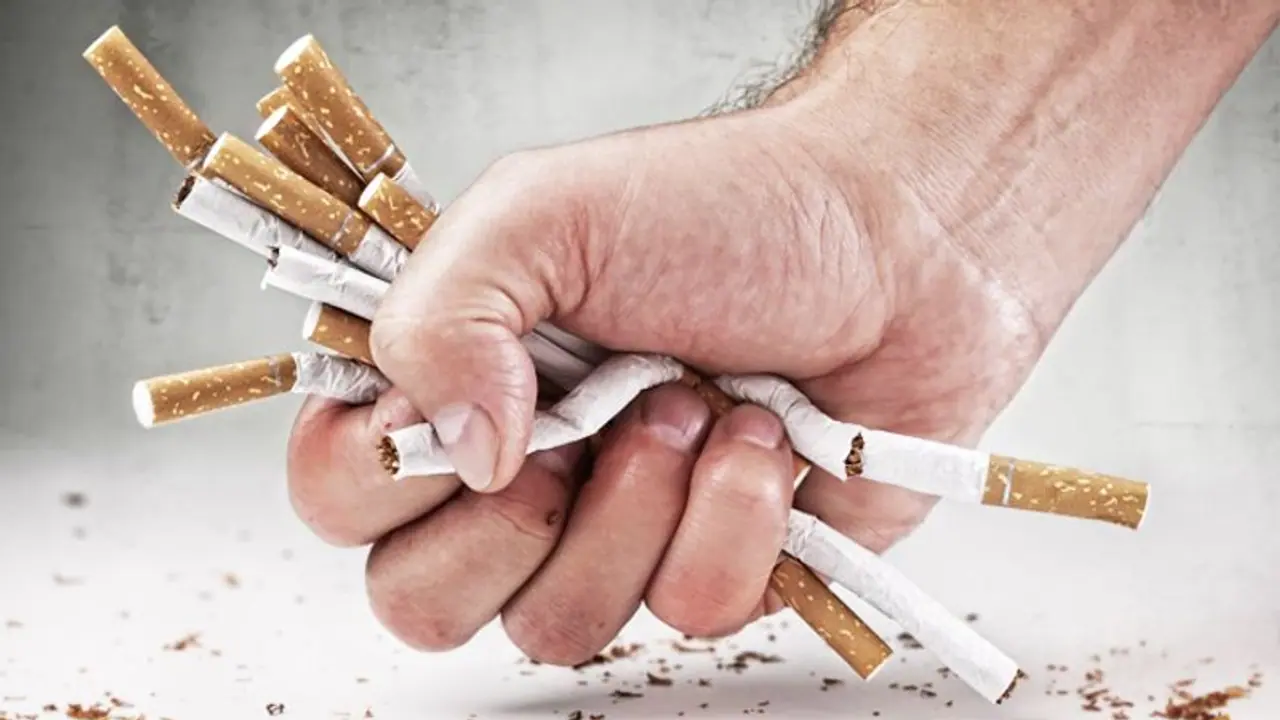An article prepared by Dr Shabna GS, Senior Resident, Social Dental Health Department, Thrissur Government Dental College and Dr Muhammad Jazeel CV, House Surgeon, Social Dental Health Department, on World No Tobacco Day.
Today, May 31, is World No-Tobacco Day. World Health Organization (WHO) observes this day as World No Tobacco Day every year to raise awareness about the harmful effects caused by the use of tobacco and its products on the family, society, and the environment. The theme for this year's World No Tobacco Day is "We need food, not tobacco". Through this resolution, it is possible to create awareness among tobacco farmers in rural areas about the harmful effects of tobacco and how tobacco cultivation destroys the fertile soil and environment.

Tobacco use is one of the leading causes of death in the world. There are more than 4,000 chemicals in tobacco and the smoke produced when they are burned. The most well-known of them is nicotine. Nicotine is what makes smokers addicted to tobacco. This chemical is deadly in small doses. The average amount of nicotine in a cigarette is about 10 to 12 milligrams. This can vary widely from one brand to another. In one cigarette, about two milligrams of nicotine enter the bloodstream. As nicotine-laced blood reaches the brain, the chemical 'dopamine' is produced and the smoker experiences 'pleasure'. It also increases the production of another chemical called “noradrenaline. This gives them a chance to stay awake for a while and be happy. But nicotine makes people continue to smoke and it harms their health and lives.
Tobacco consumption and smoking affect our health in many ways and can lead to many deadly diseases. Tobacco causes many diseases such as cancer of the digestive system like the pancreas, stomach, mouth, liver, colon and esophagus, stroke, heart disease, lung disease, diabetes, eye disease and neuro-related diseases. Tobacco kills more than 8 million people each year. More than 7 million of these deaths are the result of direct tobacco use, while more than 1.2 million are victims of non-direct tobacco use, second-hand smoking.
To combat the tobacco epidemic, WHO Member States adopted the WHO Framework Convention on Tobacco Control (WHO FCTC) in 2003. Currently, 182 countries have ratified this treaty. India has 267 million tobacco users. India is also the second largest consumer and producer of tobacco. In 2017-18, the total economic cost of tobacco use among people aged 35 years and above was Rs 177341 crore. Globally, tobacco use is one of the greatest public health threats. It causes not only loss of life but also heavy social and economic costs.
Health problems due to tobacco:
1. Smoking a cigarette cuts about 11 minutes off your life. A smoker has about 10 years less life than a non-smoker.
2. Oral cancer is the most common cancer in Indian men. It is caused by chewing tobacco and smoking.
3. Smoking can harm fertility.
4. Tobacco use during pregnancy can cause low birth weight and preterm birth.
5. Lungs: Lung cancer, chronic cough (chronic bronchitis, emphysema), asthma in children
6. Heart: Heart attack, blood flow obstruction.
7. Brain: Paralysis, mental retardation, depression
8. Oral health: Staining of teeth, bad breath, damage to taste buds, gum disease, cancer of the mouth and throat, bone loss in the jaw bone, white spots on the inside of the mouth, receding gums, delayed wound healing.
9. Others: Cancers of various organs (mouth, throat, esophagus, stomach, pancreas, kidney, uterine cancers), leukemia, stomach and intestinal ulcers, infertility, diabetes, miscarriage.
Benefits of quitting smoking:
1. The risk of diseases caused by tobacco use is reduced.
2. Maintaining youthfulness is achievable.
3. Financial loss can be avoided by not buying tobacco products.
4. Environmental pollution can be avoided.
5. Stopping the use of tobacco products for one year cuts the risk of a heart attack by half.
Therapy:
Nicotine replacement therapy: Small amounts of nicotine are injected into the body by removing the more harmful chemicals in cigarette smoke. Gradually the desire to smoke completely changes and counseling systems are provided to the addicts to get rid of it.
According to statistics, anti-smoking laws have greatly reduced tobacco-smoking use among the population. The Kerala High Court judgment banning smoking in public places and the central government's move to ban tobacco-smoking advertisements are important milestones in this field. The Kerala government's move to ban Pan masala was very beneficial in the field of public health.
However, awareness classes, seminars, talk shows, debates, drawing competitions etc. should be conducted among youth and children to control tobacco smoking. For that, social voluntary organizations should take the initiative.
A tobacco-free environment ensures the health and safety of the entire community and beneficially protects our future generations.
